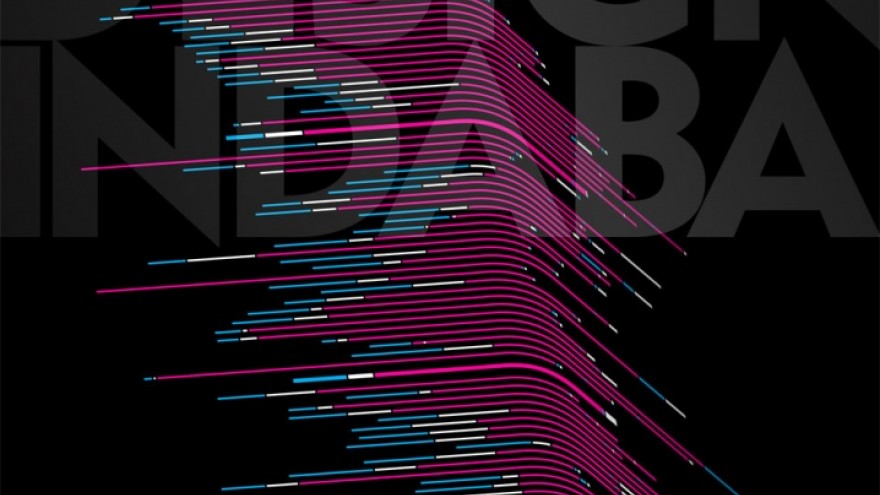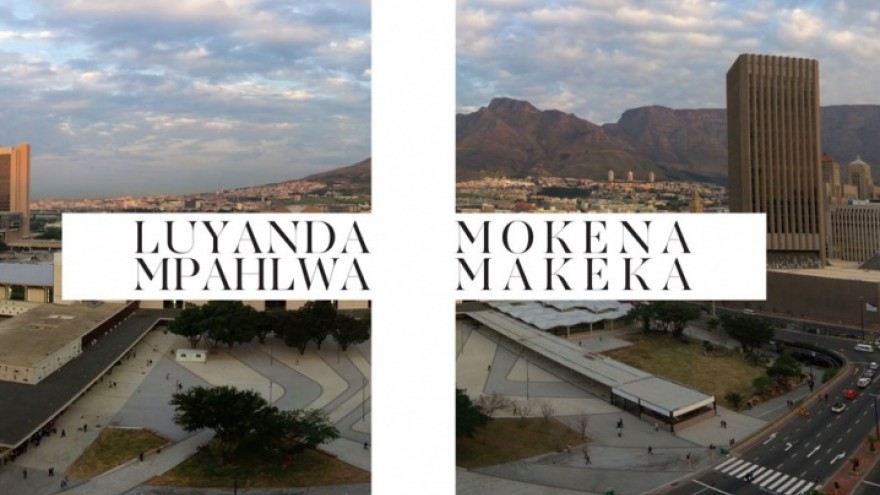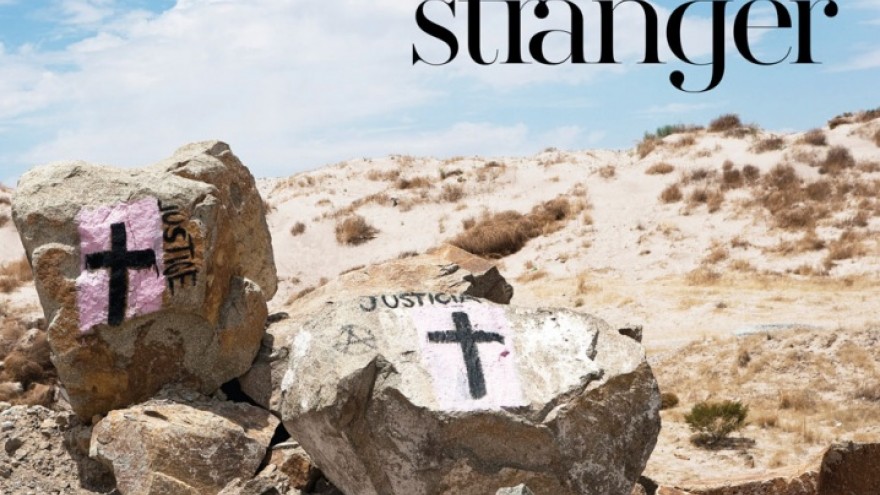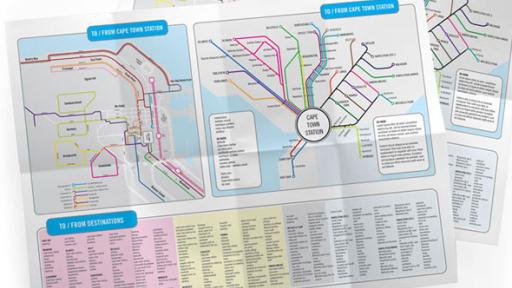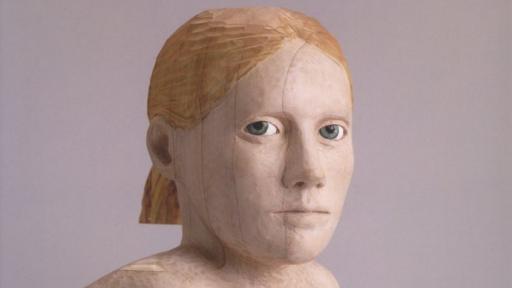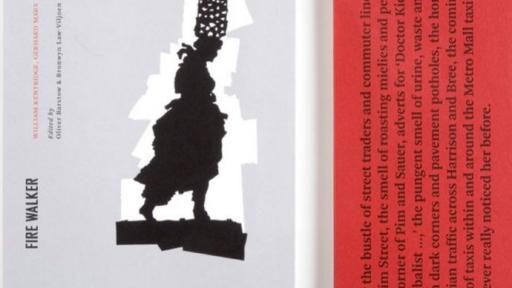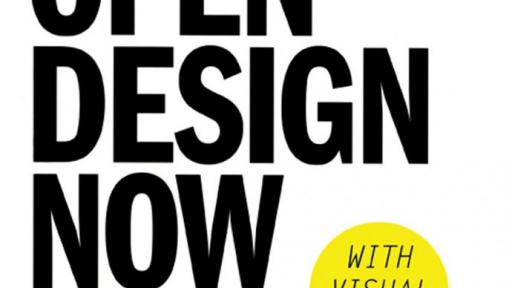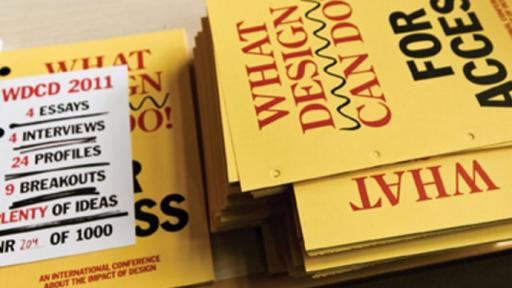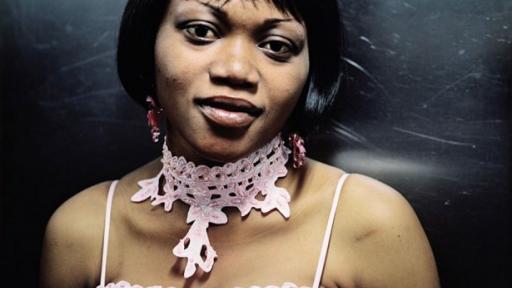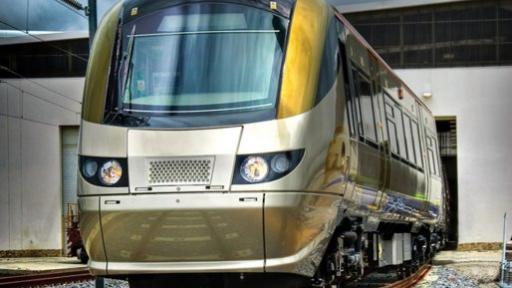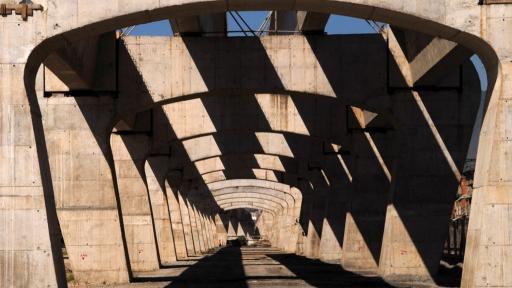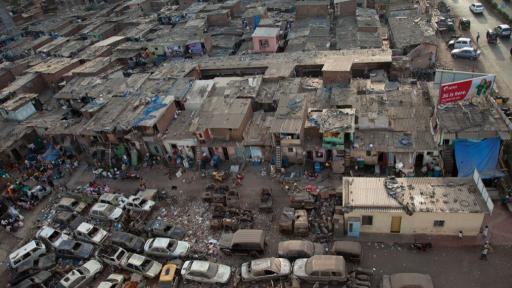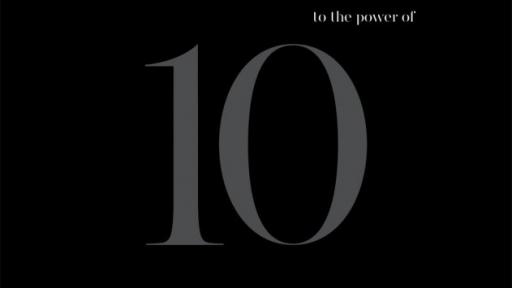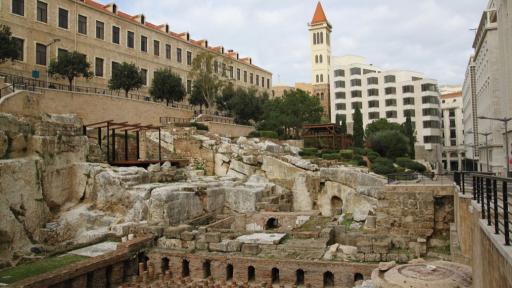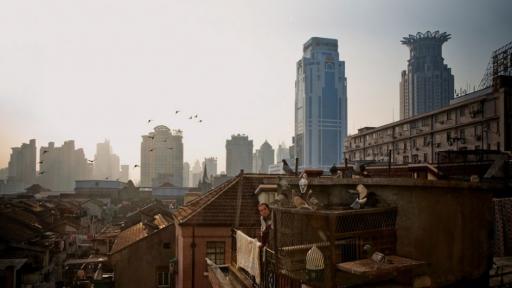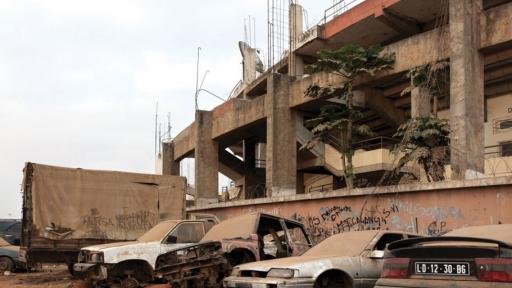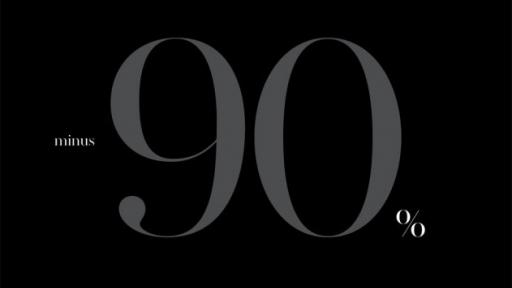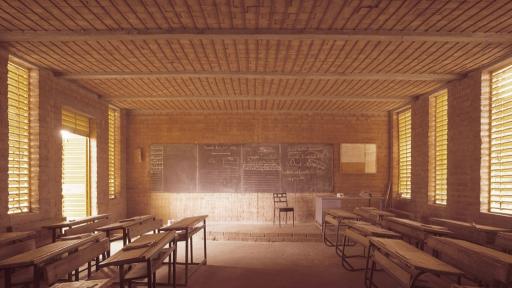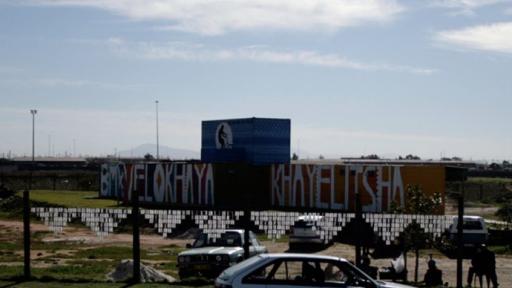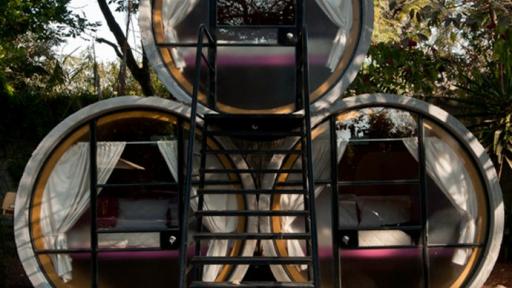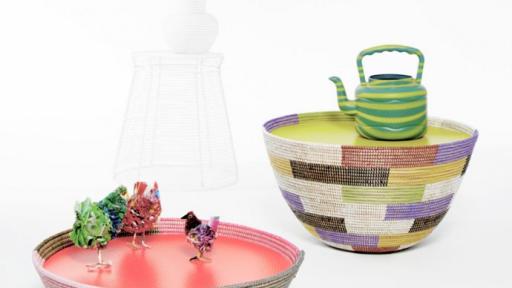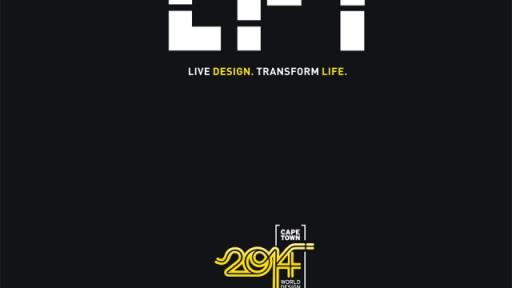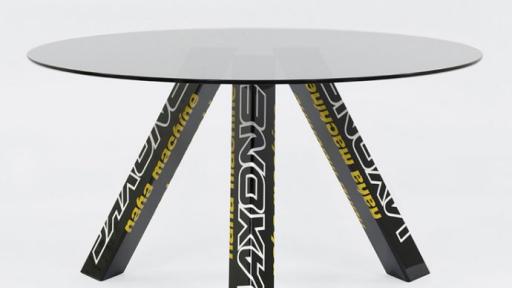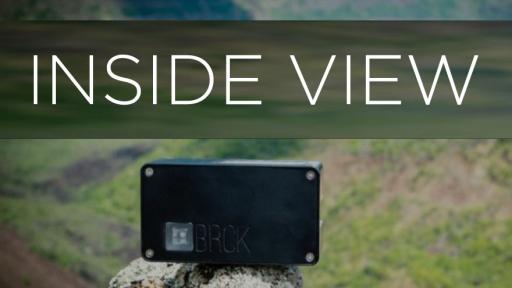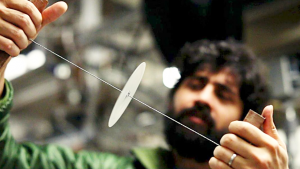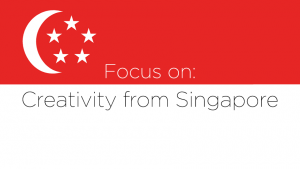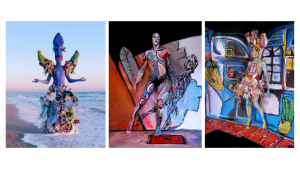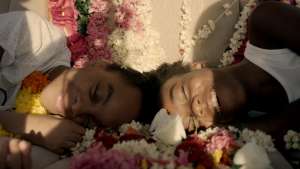Metropolis
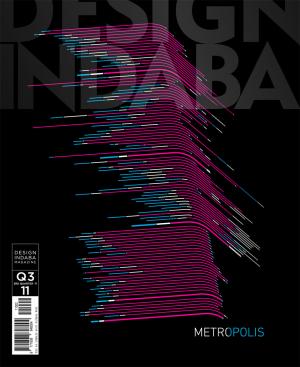
Fritz Lang’s iconic 1927 film Metropolis was one of the first dystopian visions of modern urbanism. Although primarily concerned with the progress of technology and the capitalism vs communism debate of the time, Metropolis’s visualisation of the separation of the “thinker” elite class and “worker” lower class is today dismayingly even closer to real world conditions.
Based on the prophecy that 80% of the world will be living in cities by 2050, people are inclined to ask how the existing city infrastructure will hold up with this influx. This question revolves around issues such as road congestion, property prices and the servicing of amenities – whether people will be able to continue their current quality of life. However, the real question, as both our cover and Cynthia E Smith emphasise, concerns those already living in informal settlements without basic services and the concomitant growth of those areas in the next 40 years.
In this edition of the Design Indaba magazine, “Metropolis”, we take an alternative world tour of urbanisation, mostly looking to cities classified as “developing” or part of the global “South”, if you like. Architects Luyanda Mpahlwa, Mokena Makeka and Francis Kéré kick us off with a discussion about the real purpose and identity of African architecture, before we visit Luanda through the eyes of artist Michael MacGarry.
Photographer Damien Schumann takes us down the USA-Mexico border and poignantly reminds not to judge from the comfort of one’s home country. Artists Mikhael Subotzky and Patrick Waterhouse concur with their multi-layered investigation into the iconic Ponte City’s dreams and nightmares. Meanwhile writer Richard Trombly describes the major design force in Shanghai as being the people themselves.
Looking to the future we visit sites where change is already manifesting: Development agency Solidere’s work in Beirut, design thinker Laetitia Wolff’s expoTENtial work in New York, architect Rohan Shivkumar’s work in Mumbai, architect Jorge Mario Jáuregui’s work in Rio de Janeiro and the new rapid rail Gautrain development in Johannesburg.
Urbanisation need not be a bad thing. However, as with all design, it’s important that it doesn’t happen to, but rather, through us designers. - Nadine Botha.

